Wreck diving
There are people who like wreck diving and there are those who don’t. For me, wrecks are places somewhere at the bottom of the seas telling their stories to those who reach them. Stories that are not always histories of disaster. These are often the histories of warfare and difficult decisions made in a time crunch, histories of saved lives and heroism. Let’s check then what history Umbria wreck hides!
Baltic Sea wrecks
I don’t think diving on wrecks where thousands of people have lost their lives is cool. Take, for example, 3 famous wrecks in the Baltic Sea. We all know the history of the Titanic very well. But few people know that Gustloff, Goya and Steuben, often called the “Titanics of the Baltic Sea”, claimed many more lives. Gustloff and Goya are the first and second largest maritime disasters in world history. Unfortunately the propaganda of Communist Poland effectively removed these stories from public consciousness.
All three ships were unarmed passenger vessels that evacuated the German population from Gdańsk in the winter of 1945. They were attacked by Russian submarines and torpedoed. On Gustloff 10,000 people died, on Goya about 6,000 and the Steuben disaster claimed 3,000 lives. Those who survived the attack died of hypothermia in the icy water. None of these numbers are precise. There were probably many German citizens on the ships not included in the passenger lists.
Currently, the wrecks are war cemeteries and it is forbidden to dive within a distance of less than 500 m from them. And that’s a good thing – because these are one of the places in the world that deserve respect and peace.
Umbria Wreck history
Before sinking
Umbria, which this post is about, is a completely different story. Before she became a wreck, she sailed for 28 years on the route from Europe to Argentina. Named “Bahia Blanca”, she was first a German vessel, and from 1918 – an Argentinian. Built in 1911 as one of the largest passenger and transport ships of its time, she was over 150 m long. She could carry 2,000 passengers and 9,000 tons of cargo. The Italian government was the last owner and renamed the vessel “Umbria”, by which it is still known today.
The last voyage of Umbria
Umbria, already under the Italian flag, set sail on her last voyage in May 1940. She was heading to Eritrea, an Italian colony at that time, secretly transporting valuable cargo. 36,000 aerial bombs, detonators, building materials, Fiat Lunga cars and 8,600 pieces of weapons were on board.
On June 3, the ship arrived at Port Said, replenishing coal and water and trying to avert suspicion about the contents of the holds. At that time, Italy was not yet involved in the war, so Umbria legally crossed the Suez Canal on June 6, 1940, heading towards the destination. However, the British already knew that Italy’s entry into the war was only a matter of time. Their ships vigilantly escorted Umbria to the Port Sudan traverse. It was there that the captain of the British HMS Grimsby ordered the Umbria to anchor and searched the ship under the pretext of suspected contraband. They didn’t find anything – the Italian ship, as a vessel of a neutral country, had the right to transport weapons and other cargo to its colonies. Nevertheless, the British stayed on board for the night.
Italy declaring war
The next day, Umbria’s captain Lorenzo Muiesan, picked up a message retransmitted to the troops of the Italian Empire that war with England and France would be declared that same evening. He faced quite a dilemma. Umbria and its cargo were in danger of being taken over by the British and used against the Italians. Showing his cunning and intelligence, he ordered the crew to perform a ship evacuation drill. The British willingly agreed to this – not knowing that Italy had joined the war, they thought that the exercises would delay the departure of Umbria from Port Sudan. They would have more time to closely observe the ship. They didn’t know how much more…
Emergency drill on Umbria
After the crew boarded the lifeboats, the captain opened the seacocks and left the ship. Now all you could do was watch as the huge freighter slowly filled with water. After this event, Lorenzo officially admitted that Italy had joined the war, and the next day he was on his way to India with the entire Umbria crew, where he was to spend 4 years in prison.
Diving in Umbria wreck
Umbria wreck – is it safe to dive?
The Umbria wreck is considered one of the best and safest diving wrecks in the world. It is very accessible and untouched. It is located less than 30 km from the port of Port Sudan and lies at a depth of 4 to 38 m. Not much has changed since the day when Captain Muiesan made the final decision about the fate of his vessel. No safety or extraction work was carried out – it seemed too dangerous in the presence of 36,000 aerial bombs. Currently, this makes no sense, so every year the wreck attracts dozens of divers from all over the world. The 150-meter colossus rests peacefully on its left side, overgrown with coral and covered with a thick layer of sea dust. It is stable and has no dangerous protruding elements. Entrances to individual holds are wide and safe for the diver.
Thanks to its location in relatively shallow waters, the wreck is well lit. However dust and mud, lifted from the bottom by fin kicks can limit the visibility. When entering the hold in a group, the third diver can see absolutely nothing. So if you plan to dive in Umbria – try to be the first. This is one of the places where buoyancy control is crucial. Any bumping into the walls of the wreck makes it virtually impossible for other people to dive. In the peak season, when several groups of divers enter the wreck, it takes a good 2-3 days for everything to settle and for diving to be possible again. We gave up on the third descent to the wreck. The visibility was practically zero, and watching the light of our own torches was pointless.
Underwater photographers may return from Umbria disappointed. Poor water transparency prevents good photos.
Umbria wreck cargo holds
In the Umbria’s holds we can admire unique cargo when it comes to wrecks. Car enthusiasts will find three well-preserved Fiat Lungas, wine lovers – thousands of full, untouched bottles. In the ship’s restaurant, as befits an Italian ship, you will see the remains of the kitchen and pizza ovens. The next holds include bags of cement and aircraft engines. The highlight of the program – 36,000 bombs are carefully stacked on top of each other, with detonators next to. This is where the “look, don’t touch” rule truly applies. Information on the Internet state that the underwater explosion of these bombs would wipe out Port Sudan, 30 km away. And although I think this revelation is greatly exaggerated, especially since the bombs are not armed with detonators and have been underwater for almost 80 years, I prefer not to check it.
There is an anchor 200 meters from the ship, as the Umbria was anchored when it sank. Additionally, on the wreck you can admire the undamaged propeller. The position of the hull allows you to swim under the ship’s rudder. Being just below, one thought crossed my mind – what if the ship collapses today? My biggest disappointment was definitely the cargo bay with the cars. Being right next to the Fiats, we couldn’t even see them, let alone take a photo. The visibility was so bad.
Diving on Umbria wreck – summary
I don’t have much experience with wreck diving, but I think Umbria is truly unique. There’s no need to compare it with anything. It’s worth just diving in and imagining the story that took place on these decks and in these holds. Such wrecks often motivate you to deepen your knowledge on your own. Before diving it is worth reading the history of the place and learning about the past.
From the perspective of the 21st century, how can we evaluate the events that took place in June, 80 years earlier, somewhere off the coast of Port Sudan? I don’t think you should judge at all. The history that happened will remain unchanged, and we can only pass it on.
We can perceive Captain Lorenzo Mueisan’s decisions differently.
For the Italians, he is a hero. He saved a ship with cargo from falling into enemy hands, sacrificing his own freedom. For ecologists not necessarily, as dumping thousands of tons of metal on the coral reef significantly destroyed it and had a negative impact on marine life. For divers, it is another point on the diving map of the world. Sudanese tourism sees the opportunity to earn money. Contrary to what you may read on the Internet, I do not consider this place an oasis of marine life. Nevertheless, I will remember Umbria as one of the most spectacular dives of my life.
In the post with our diving videos, you can check the one from Sudan with many shots from Umbria wreck too!
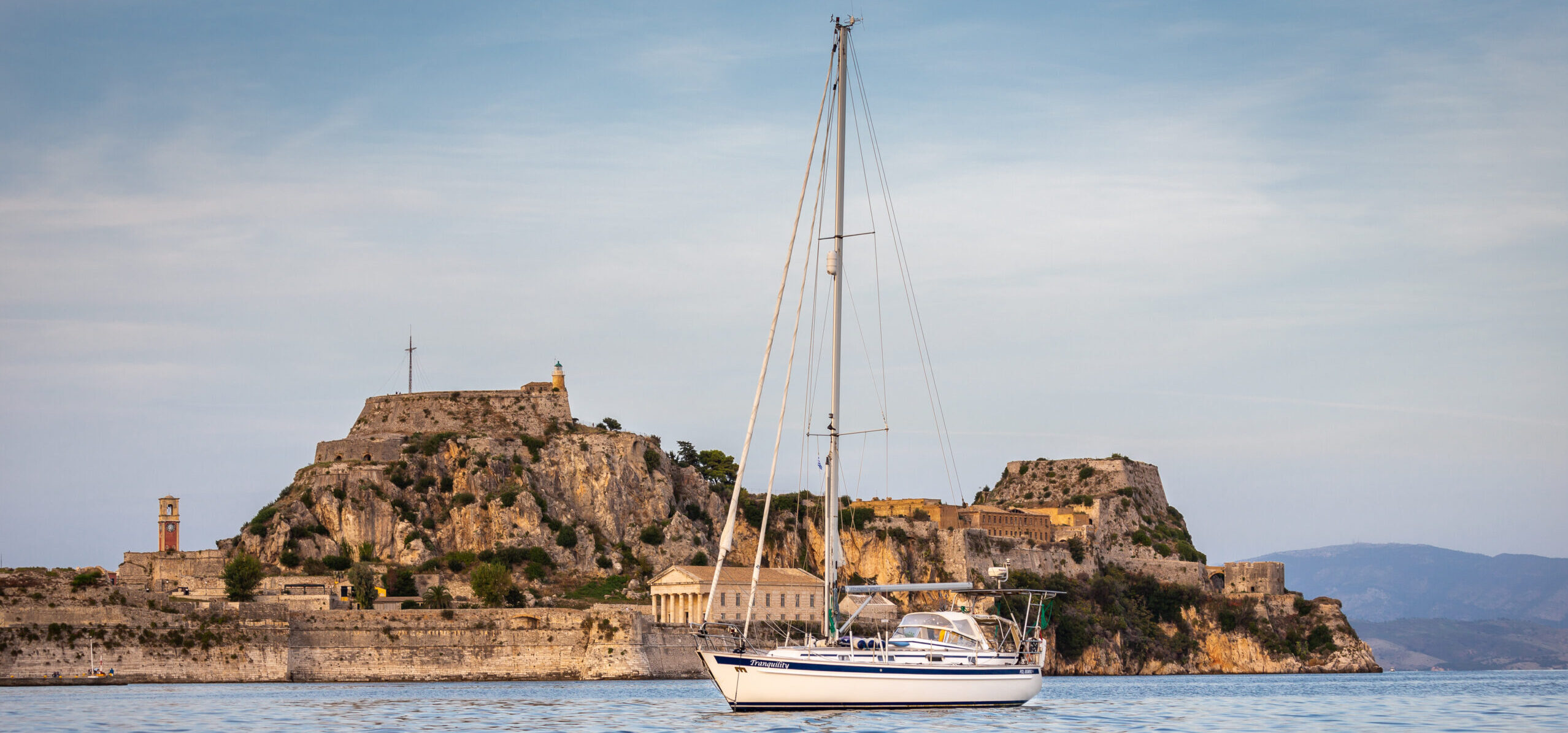
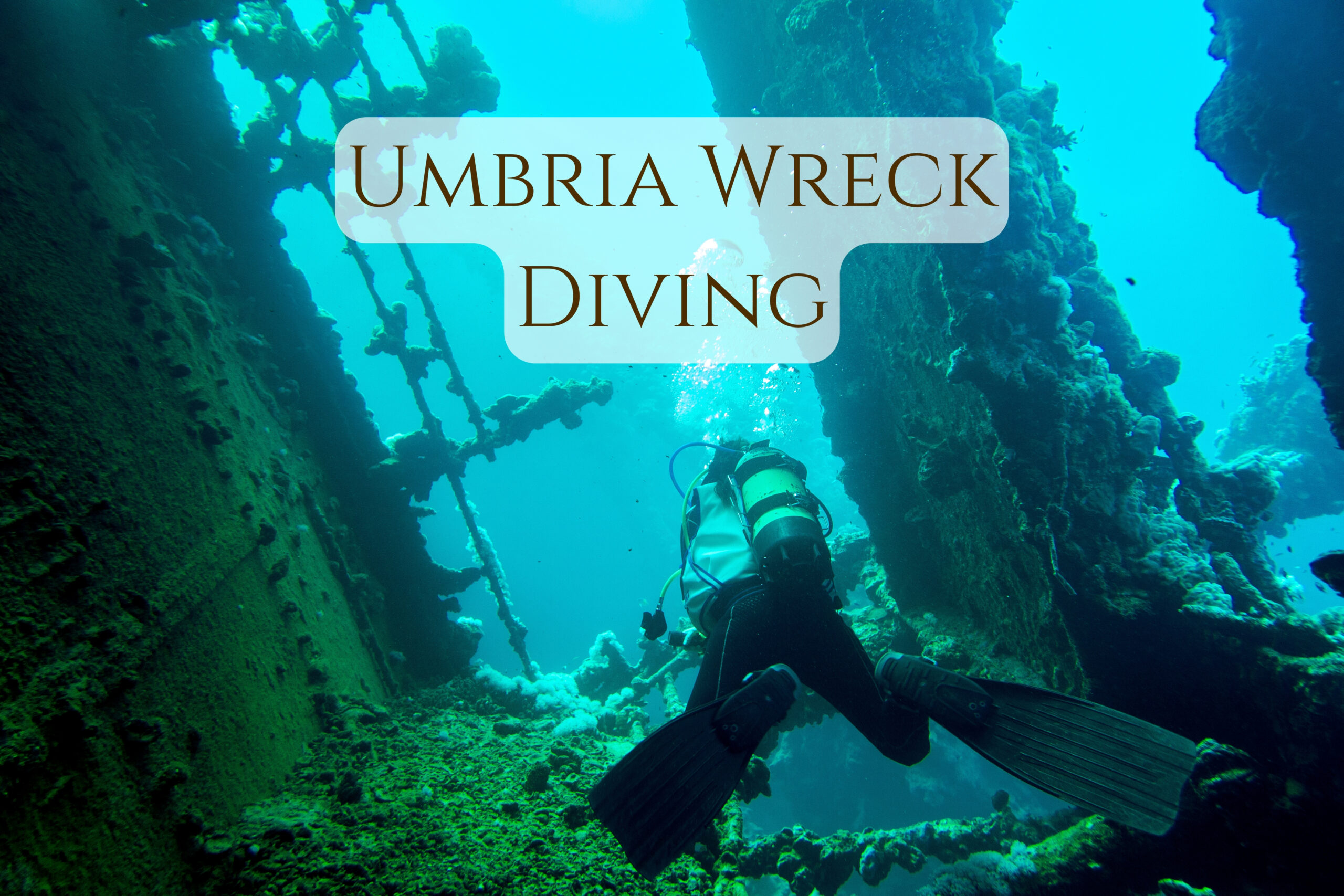
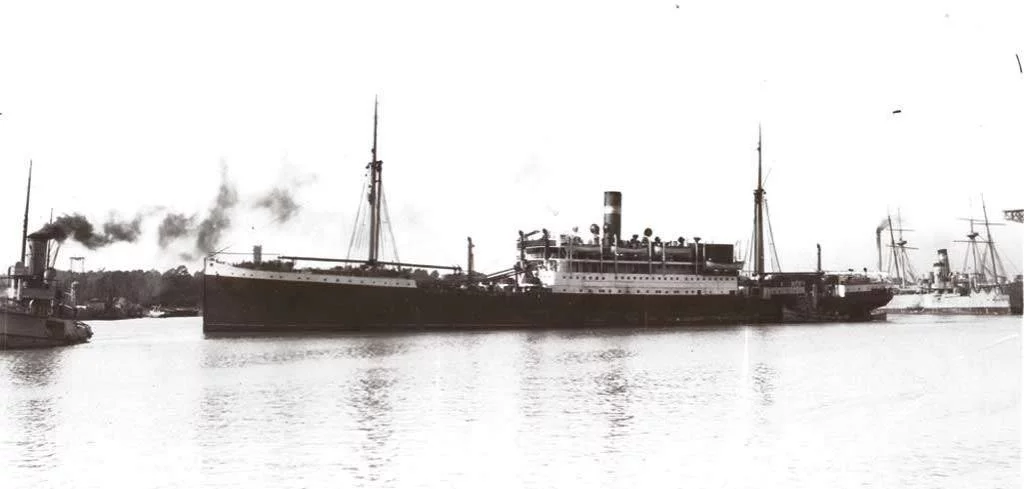


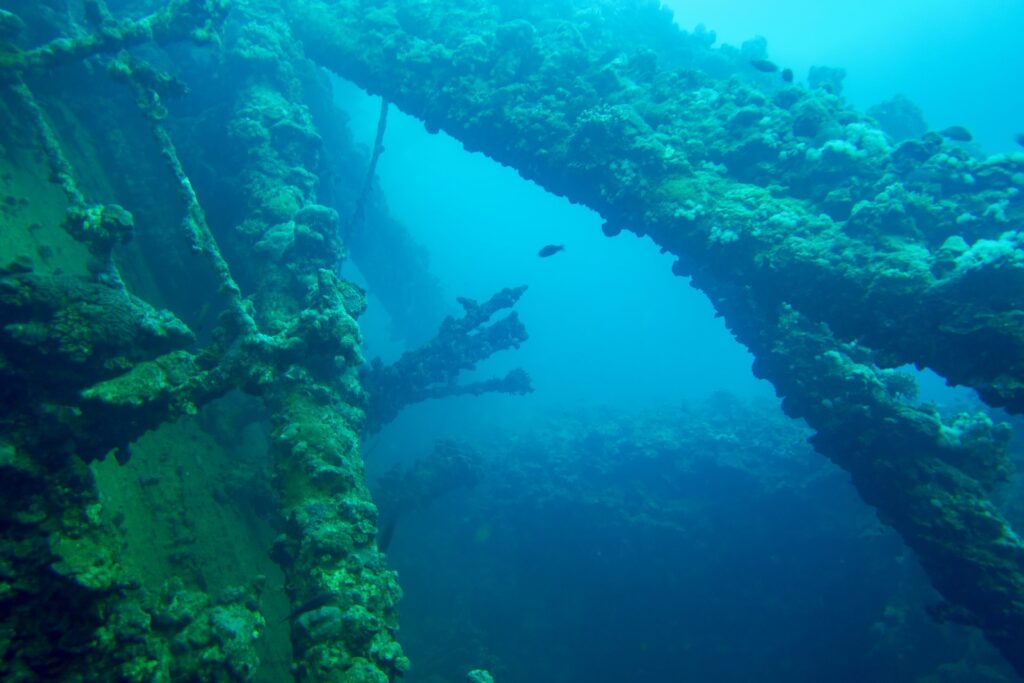
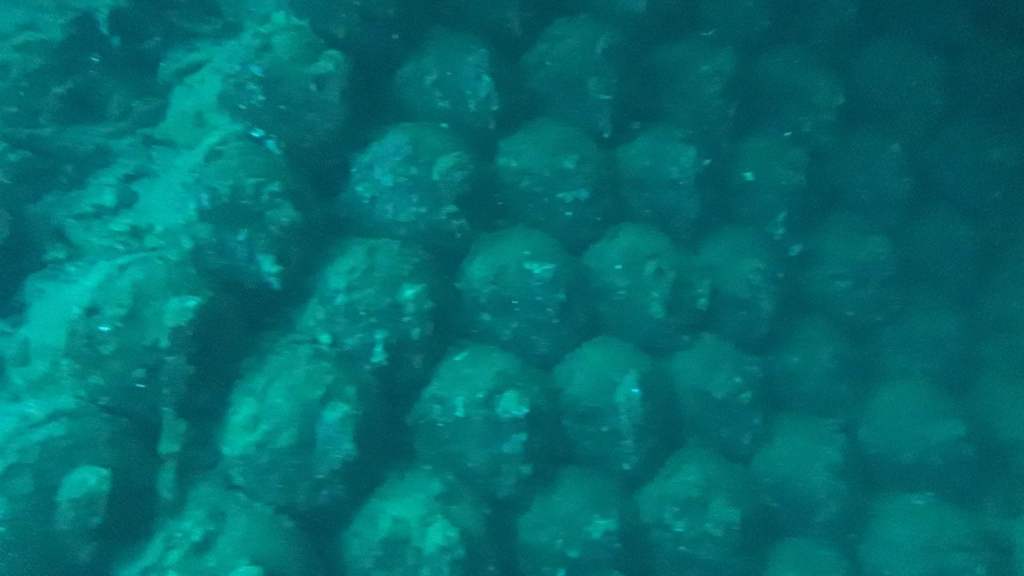
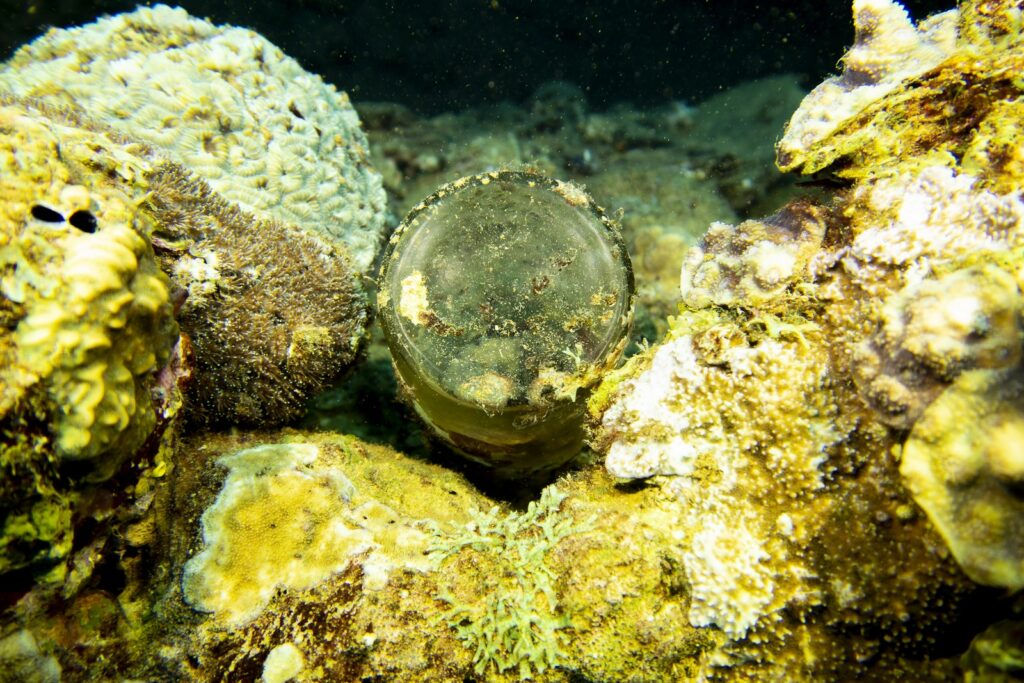
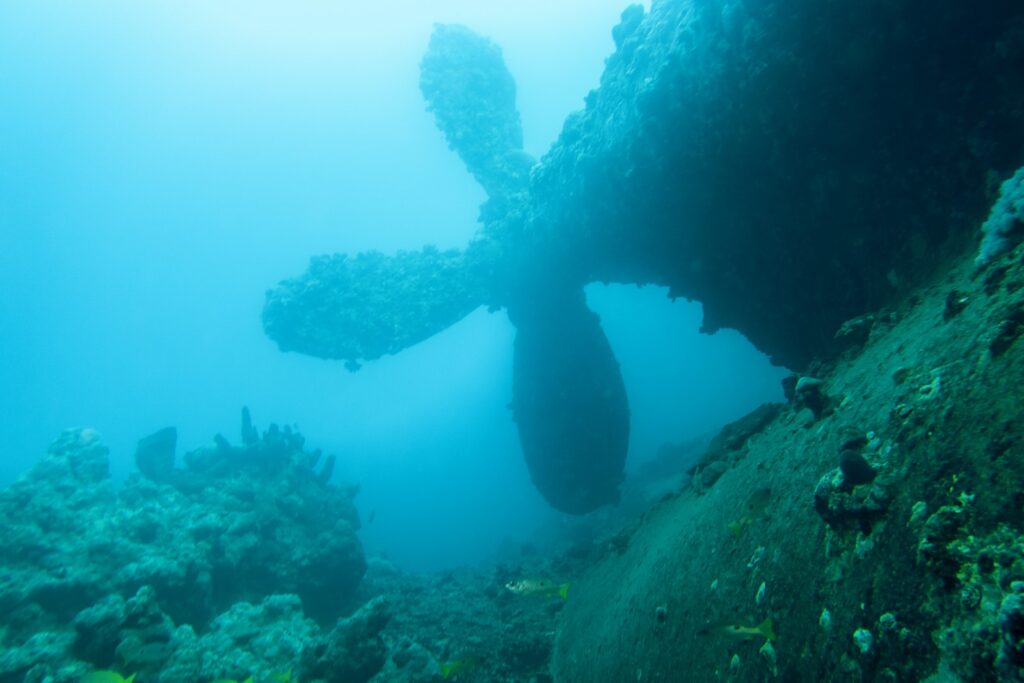
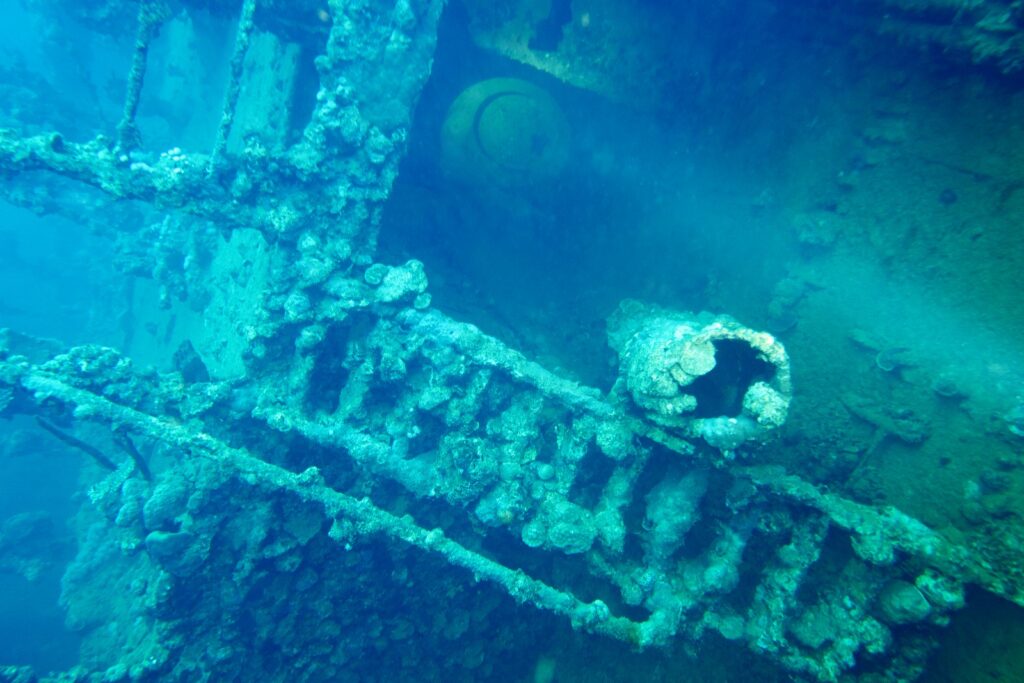

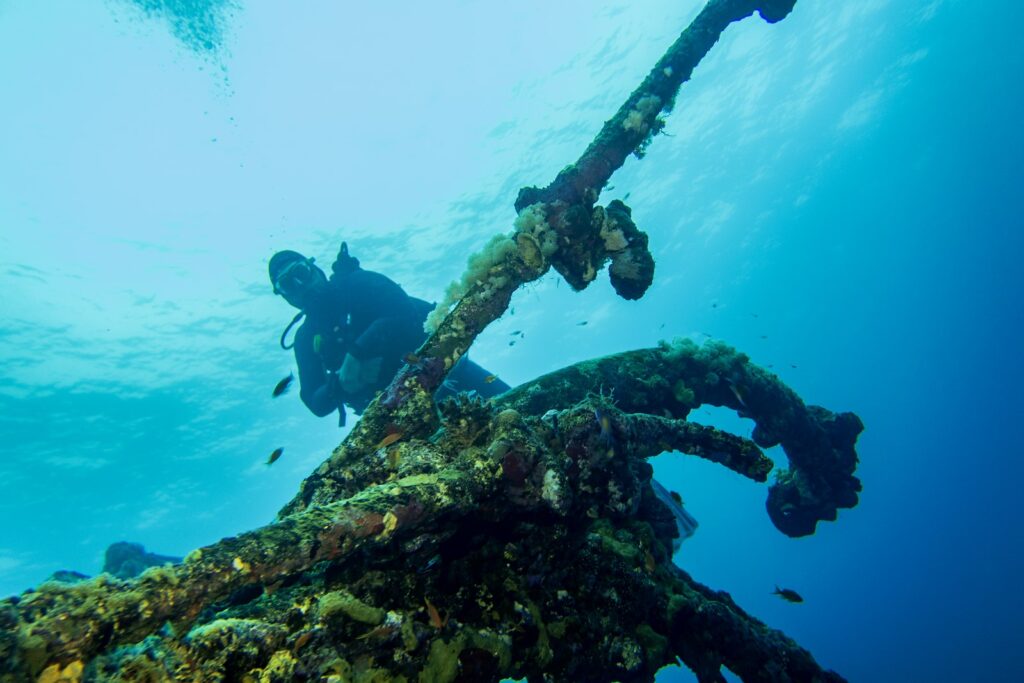




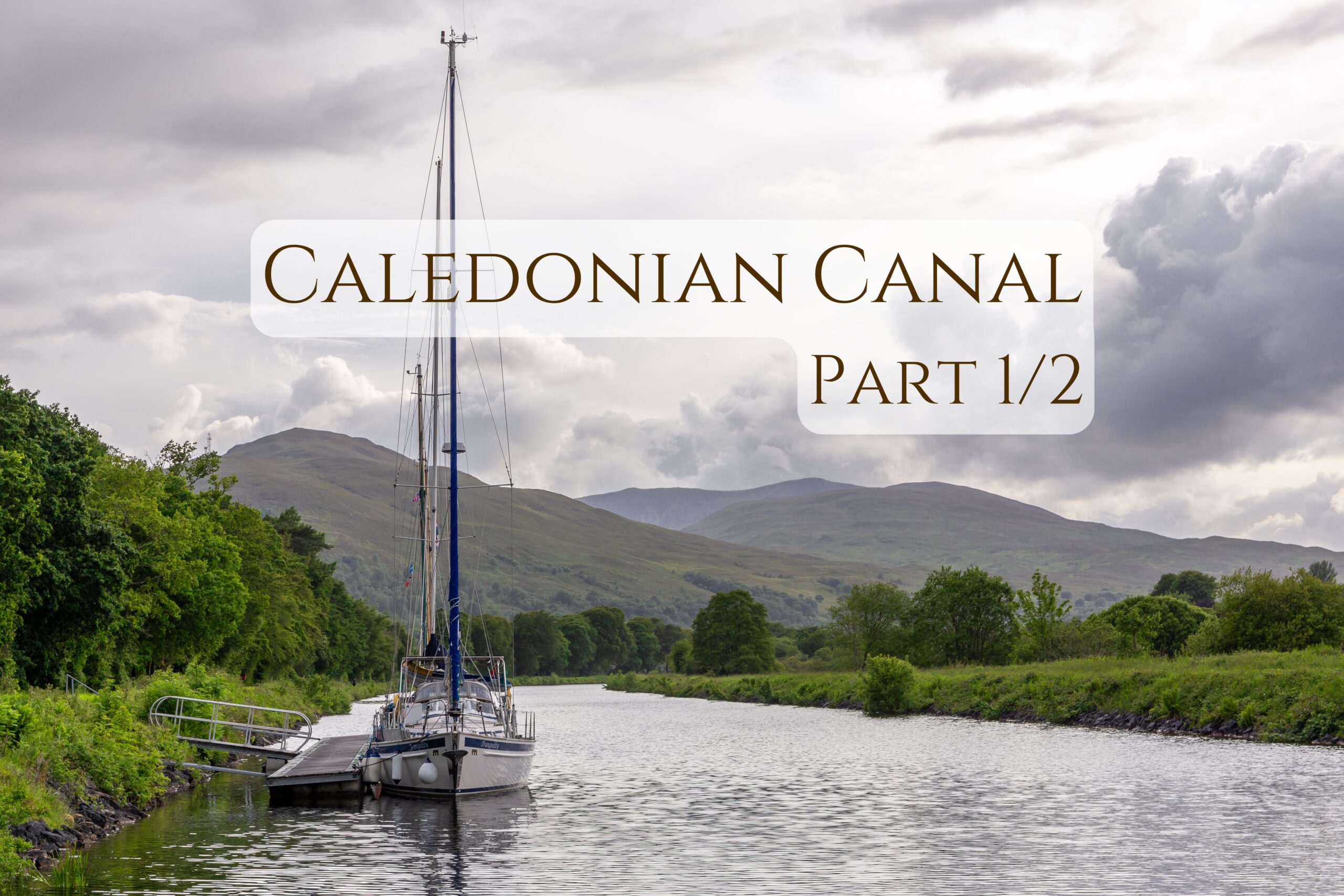
No responses yet